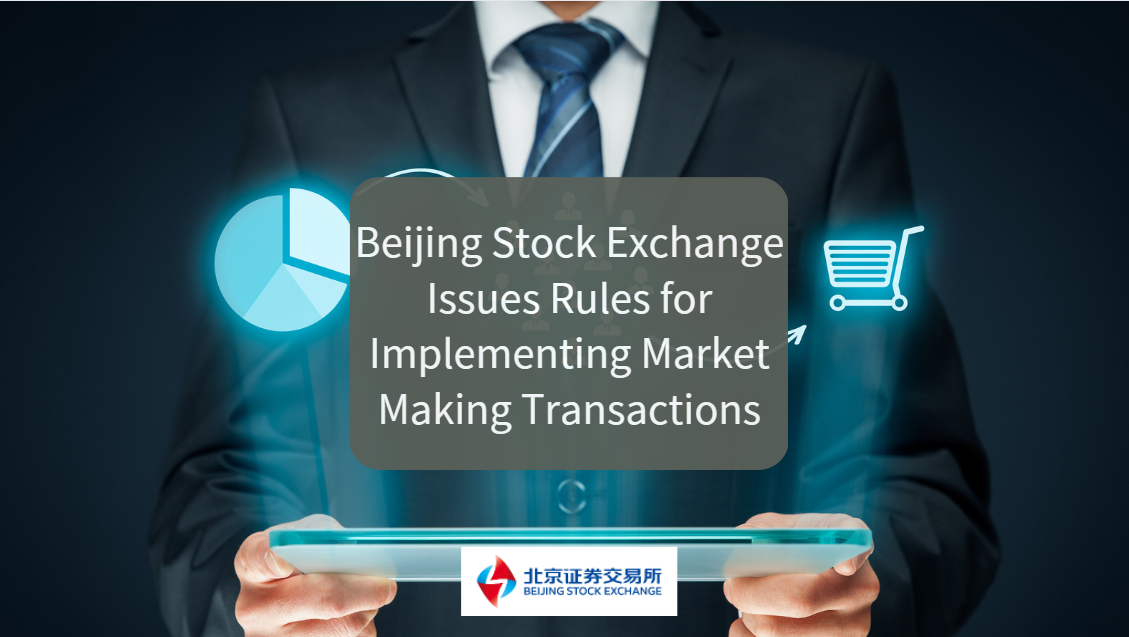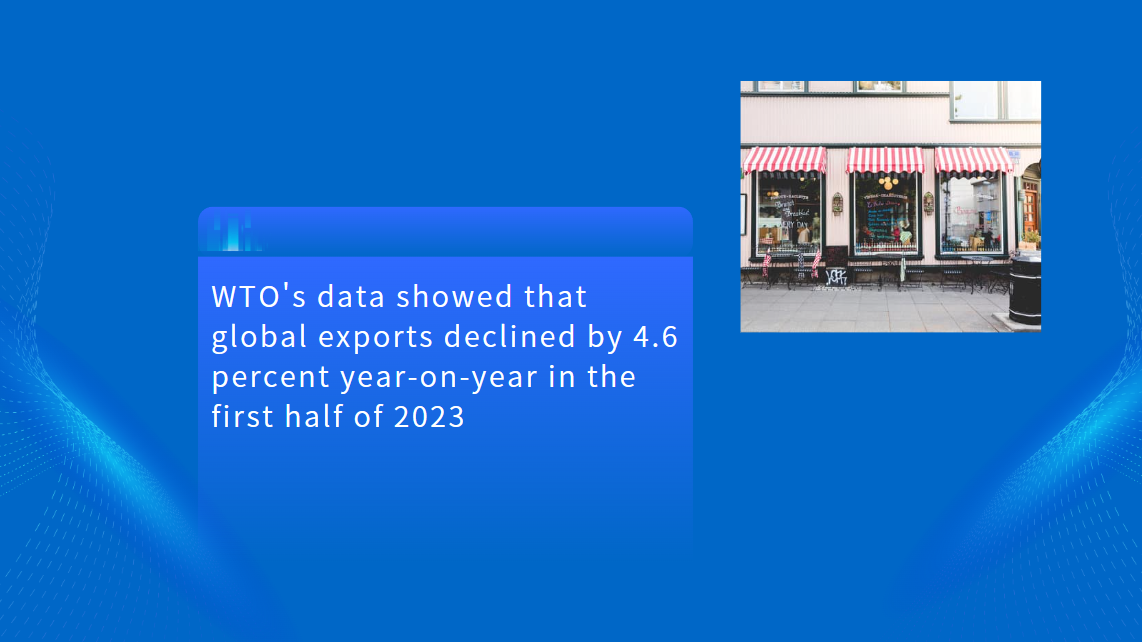Powering Ahead: Six Bright Spots in China's Q1 VAT Data
As global economic uncertainty rises, China's first-quarter 2025 value-added tax (VAT) invoice data offers a revealing glimpse into an economy undergoing dynamic transformation. Beneath the topline resilience, six emerging drivers—from green energy surges to a consumption revival—are redefining China's growth model.
Innovation-Led Growth: Building a New Economic Core
High-tech industries posted a 13.4% year-on-year surge in Q1 sales revenue, signaling a deepening pivot toward innovation. Digital product manufacturing rose 12%, while AI-driven sectors such as scientific research and technology services expanded by nearly 20%.
For global firms, the message is clear: China's innovation momentum is not just policy rhetoric but an unfolding reality, opening both competitive and collaborative opportunities.
Green Transition Accelerates: Clean Energy Outpaces Thermal Power
Sales revenue from green and low-carbon sectors jumped 13.6%, dramatically outpacing the national average. Clean energy generation—including nuclear, hydro, solar, and wind—grew 20.3 percentage points faster than traditional thermal power.
Electricity consumption per unit revenue also fell, particularly in green sectors, where efficiency gains reached 9.4%.
China's massive green shift strengthens its position as a pivotal player in the global transition to net zero.
Manufacturing's Enduring Strength: Upgrading the Industrial Backbone
Despite rapid service-sector growth, manufacturing remains crucial. Equipment manufacturing alone grew 9.7% year-on-year, reflecting a nationwide push toward industrial upgrading.
Foreign suppliers of high-end machinery, robotics, and smart manufacturing technologies will find an increasingly receptive market as China climbs the value chain.

Service Sector Booms: Tourism and Culture Take Center Stage
Service consumption expanded by 5.3%, fueled by booming tourism and cultural activities. Scenic area management revenues soared over 40%, while movie and live entertainment spending surged nearly 40%.
A richer, experience-driven consumer class is emerging—an important signal for global brands eyeing China's service economy.
Massive Upgrades: Equipment and Consumer Goods Renewal in Focus
Corporate investment in machinery rose 11%, reflecting policy-driven upgrades. Meanwhile, consumer goods renewal took off: sales of appliances, audiovisual devices, and communication equipment all posted double-digit growth.
Smart, energy-efficient, and premium products are becoming the new baseline in China's domestic market.
Unifying the Domestic Market: Logistics and Connectivity Gains
Transport and logistics revenues grew by 7.8%, with express delivery and multimodal transport posting over 20% growth.
The share of inter-provincial trade increased, supporting the vision of a unified national market. Improved logistics and smoother internal flows mean greater operational efficiency for both domestic and international firms.
What the Trends Signal for Global Business
China's Q1 VAT data illustrates a structural pivot toward innovation, sustainability, and domestic consumption upgrades.
The green transition, in particular, positions China as indispensable in global ESG efforts. Meanwhile, the rise of internal demand opens fresh opportunities in technology, consumer goods, and services.
For international investors and businesses, success will hinge on moving beyond outdated low-cost narratives—toward alignment with China's evolving premium, tech-driven, and sustainable economy.
Reading the Signals: Adaptation Is Key
The trajectory is unmistakable: China's economy is not shrinking; it is reshaping itself.
Those who recognize and adapt to the country's new growth contours—whether through innovation partnerships, green technology collaboration, or service-sector engagement—will be best positioned to thrive in this unfolding landscape.




















































First, please LoginComment After ~